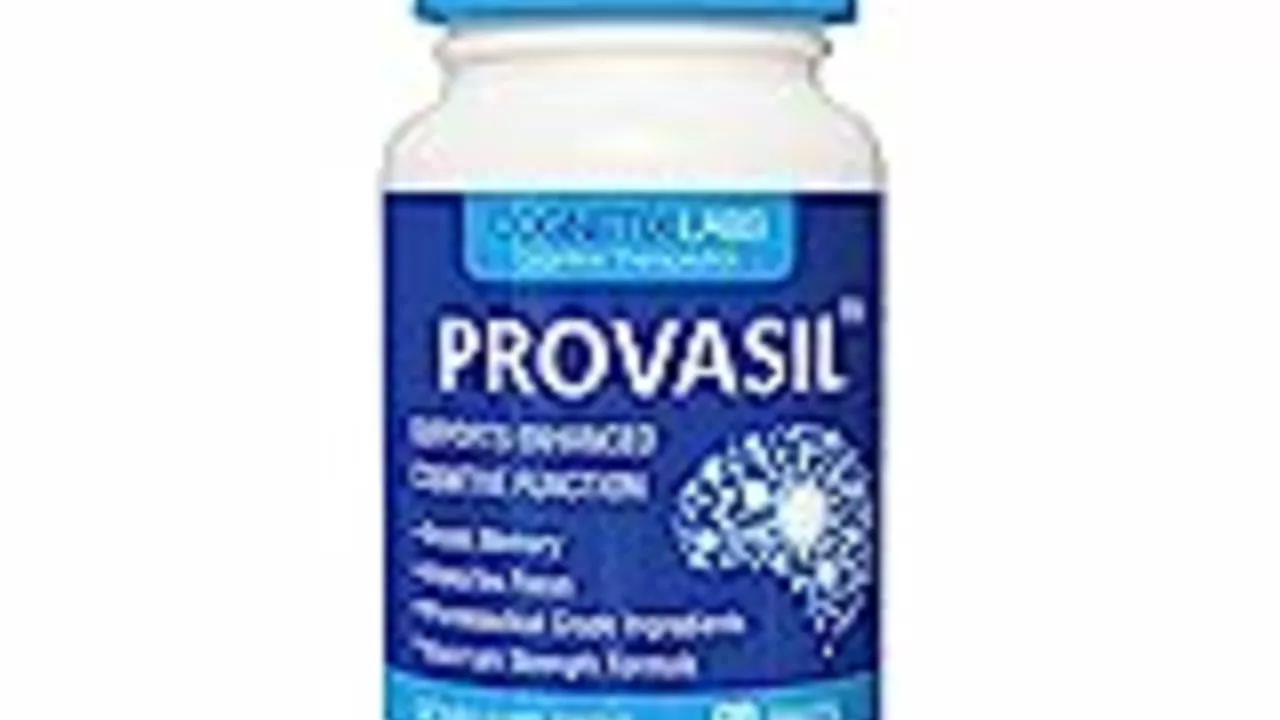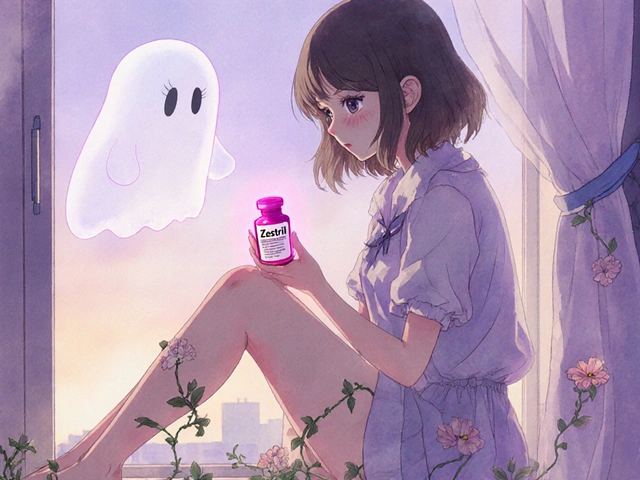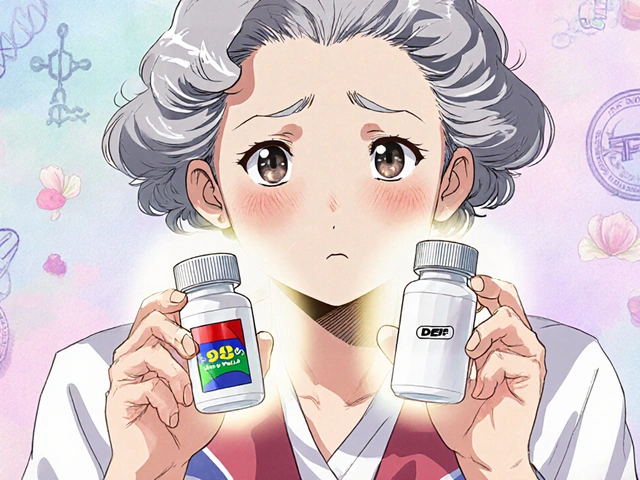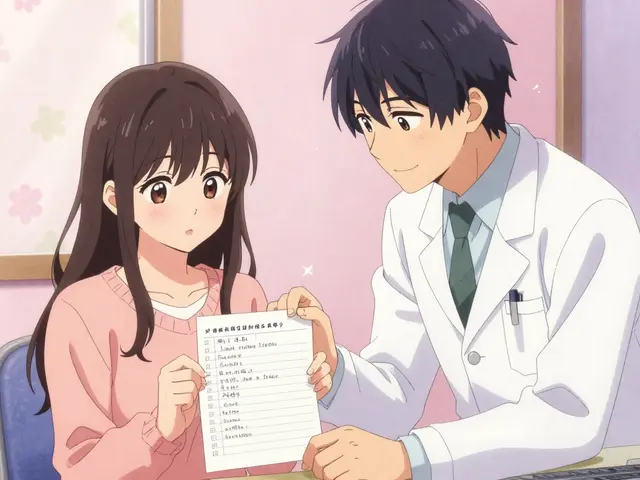Secret ingredient: Spot hidden ingredients in meds, save money and stay safe
Ever bought a medicine and later found out it contained something you didn’t expect? The phrase “secret ingredient” sounds dramatic, but hidden excipients, preservatives, or country-specific formulations can change how a drug works, cause allergies, and even affect price. This tag page bundles our posts that touch on those surprises — from peanut oil in supplements to excipients in generics and differences between brands sold in Mexico and elsewhere.
Why hidden ingredients matter
Hidden ingredients aren’t just trivia. They can trigger allergic reactions (peanut oil is one clear example), change how fast a pill dissolves, or interact with other drugs you take. That can mean a medication works differently than expected, or it causes side effects you didn’t plan for. For shoppers comparing prices, the cheaper option might use different fillers or delivery methods, so what looks like the same drug may not act the same.
Regulations vary by country. A drug sold in Mexico can legally use different excipients than the same product sold in the US or Australia. That affects cost and availability — sometimes making genuine savings possible, but other times creating risks if you don’t check the label or ask the pharmacist directly.
How to check and avoid surprises
First, read the label. Look past the active ingredient and scan the inactive ingredients list. If you have allergies, watch for common culprits: peanut oil, soy, lactose, dyes, or certain preservatives. If the label is in Spanish and you don’t read it, ask the pharmacist for an English ingredients list or a printed leaflet.
Second, ask specific questions. Don’t just say “Is this the same?” Ask: “Does this version use the same active form and excipients?” or “Is there peanut oil, lactose, or a dye in this product?” A good pharmacist will answer or check the product insert.
Third, compare formulations, not just brand names. Generic drugs can vary by manufacturer. If you switch pharmacies or countries, confirm the salt form (for example, clopidogrel vs. clopidogrel hydrogen sulfate) and the delivery method (tablet, extended release, topical, etc.). Those small differences matter for effect and safety.
Fourth, when buying online, use trusted pharmacies and look for clear product pages with ingredients, batch numbers, and contact info. Our posts on buying Plavix and Blink Health cover how to find reliable sellers and what red flags to avoid.
Finally, keep a personal ingredient list. Note substances that cause you problems and show it to every pharmacist. If a medicine uses a problematic excipient, ask for an alternative — many posts here list safe swaps for common drugs like Keflex, Mebendazole, and topical steroids.
If you want quick reads, check the linked articles below: allergy risks like peanut oil, how online ordering changes pharmacy choice, and practical guides for talking to your doctor about alternatives. Use this tag to make smarter, safer choices when shopping for meds and supplements in Mexico or online.






